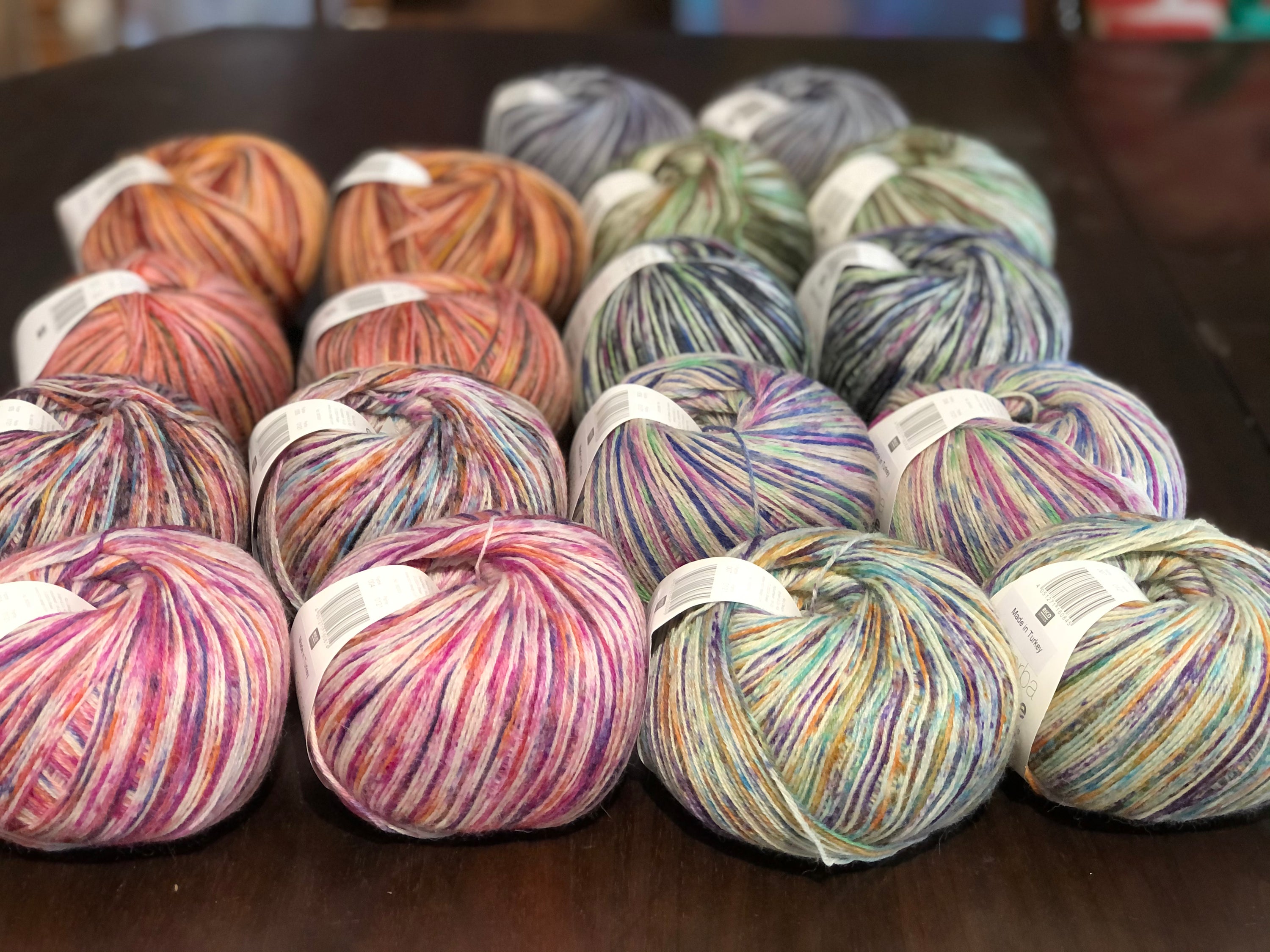

· By Annette Ringeisen
The Art of storing Fiber
Fiber Art is a captivating way of transforming wool fibers into intricate and beautiful creations. To ensure your wool fibers remain in optimal condition for your next fiber project, proper storage is essential. In this blog post, we'll explore the best practices for storing wool fibers to maintain their quality and maximize your creative potential.
1. Choose the Right Storage Container:
Select a container that is both breathable and moisture-resistant to prevent mold and mildew growth. Plastic containers may trap moisture, so opt for natural materials like cardboard boxes, wicker baskets, or cloth bags. When I use plastic containers I will add desiccant packs to absorb excess moisture. I use bentonite kitty litter and sew little pouches myself.
2. Clean and Prepare the Wool:
Before storing, make sure your wool fibers are clean and free from debris. Gently remove any dirt, dust, or foreign particles by hand or using a soft brush. This ensures that your fibers are ready for use when you retrieve them from storage.
3. Avoid Direct Sunlight and Heat:
Store your wool fibers in a cool, dry, and dark location away from direct sunlight and heat sources. UV rays can fade the colors of your wool, and high temperatures can cause fibers to become brittle and lose their softness.
4. Protect Against Pests:
Wool is a natural material that can attract pests like moths and beetles. To safeguard your fibers, consider using natural repellents like lavender sachets, cedar chips, or essential oils. Alternatively, use airtight containers to prevent pests from gaining access.
5. Use Acid-Free Tissue Paper:
For delicate or valuable wool fibers, consider placing them between layers of acid-free tissue paper. This prevents fibers from sticking together or becoming tangled while providing an additional barrier against environmental factors.
6. Organize by Color and Type:
Sort your wool fibers by color and type before storing. This makes it easier to locate specific shades and textures when planning your projects. Separate different colors and types into labeled bags or compartments within your storage container.
7. Rotate and Inspect Regularly:
To prevent fibers from becoming flattened or compacted, gently rotate or fluff them periodically. This also allows you to inspect for any signs of damage, moisture, or pest infestations that may need immediate attention.
8. Consider Temperature and Humidity:
Extreme fluctuations in temperature and humidity can impact the condition of your wool fibers. If you live in an area with varying climate conditions, consider using a dehumidifier or humidity-absorbing products to stabilize the environment.
9. Label and Document:
Keep track of the wool fibers you store by labeling each container with its contents. Consider creating a digital or physical inventory to make it easier to plan future projects without the need to dig through your storage.
In conclusion, proper storage of wool fibers is crucial for maintaining their quality and ensuring the success of your needle felting projects. By following these best practices, you'll be able to create breathtaking fiber art pieces with wool that's in optimal condition. Happy needle felting!



















